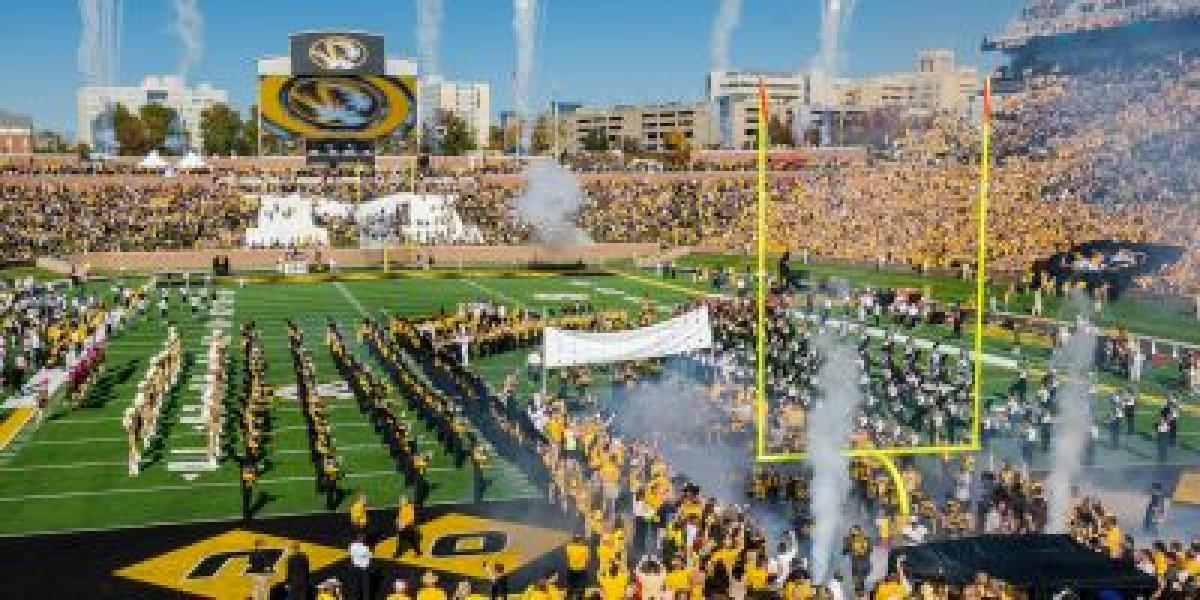In 1919, the push began to raise funds for a "Memorial Union" and a "Memorial Stadium" to honor fallen alumni from World War I.
Construction of both began in 1921, with students and alumni pledging funds.
By 1926, the stadium was complete, holding 25,000 fans and featuring a track encircling the field.
Early Years and The Rock "M" (1920s-1940s):
In 1927, the freshman class constructed the iconic "Rock M" monument overlooking the field.
The Tigers enjoyed early success under coach Gwinn Henry, achieving a 20-game winning streak at home between 1938 and 1943.
The stadium hosted its first ranked opponent win in 1939 against #10 Nebraska.
Expansion and Renaming (1940s-1970s):
The stadium underwent several expansions throughout the 40s, 50s, and 60s, enclosing the south side, building up the bowl, and adding a press box.
In 1972, the playing field was renamed Faurot Field in honor of legendary coach and athletic director Don Faurot.
Modern Era and Renovations (1980s-Present):
In 1985, artificial turf was installed on the field, which was later replaced with a grass/synthetic mix similar to most modern stadiums.
Further renovations expanded seating capacity throughout the 2000s and 2010s to over 62,000.
Faurot Field continues to be a vibrant home-field advantage for the Missouri Tigers, hosting exciting games and passionate fans.
Key Facts:
Officially named Memorial Stadium/Faurot Field.
Located in Columbia, Missouri.




